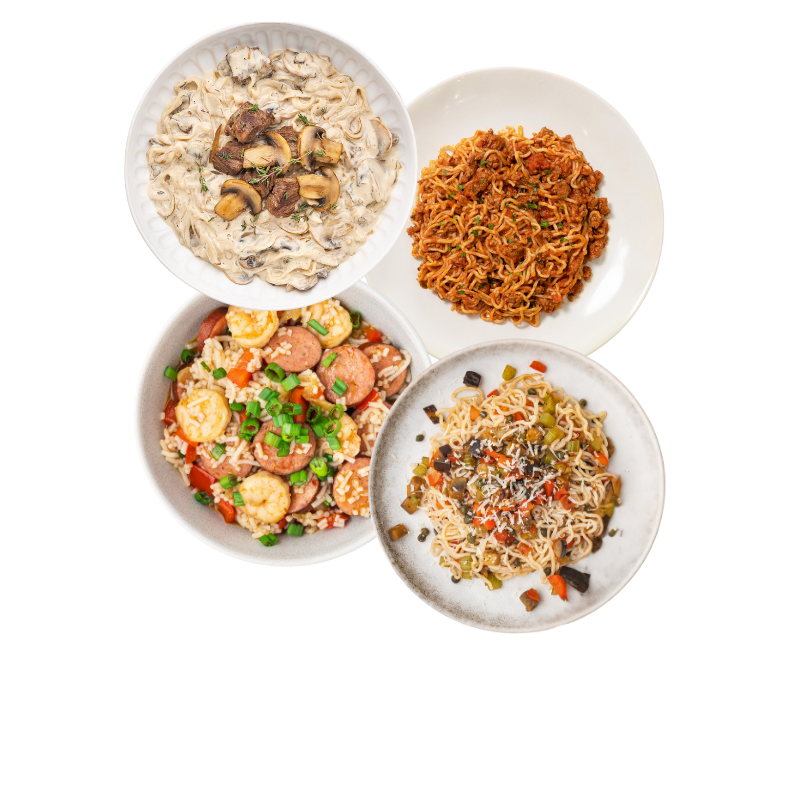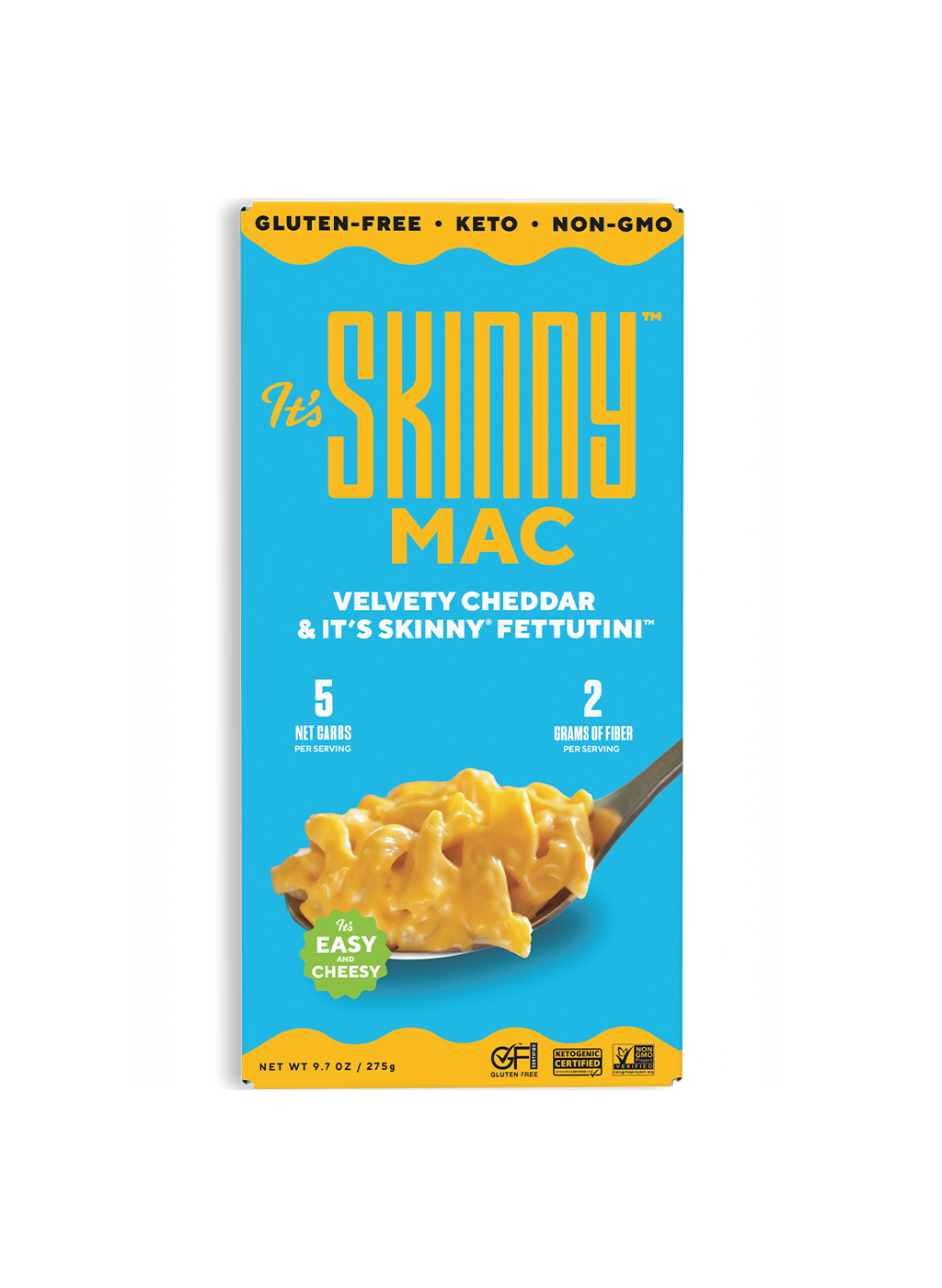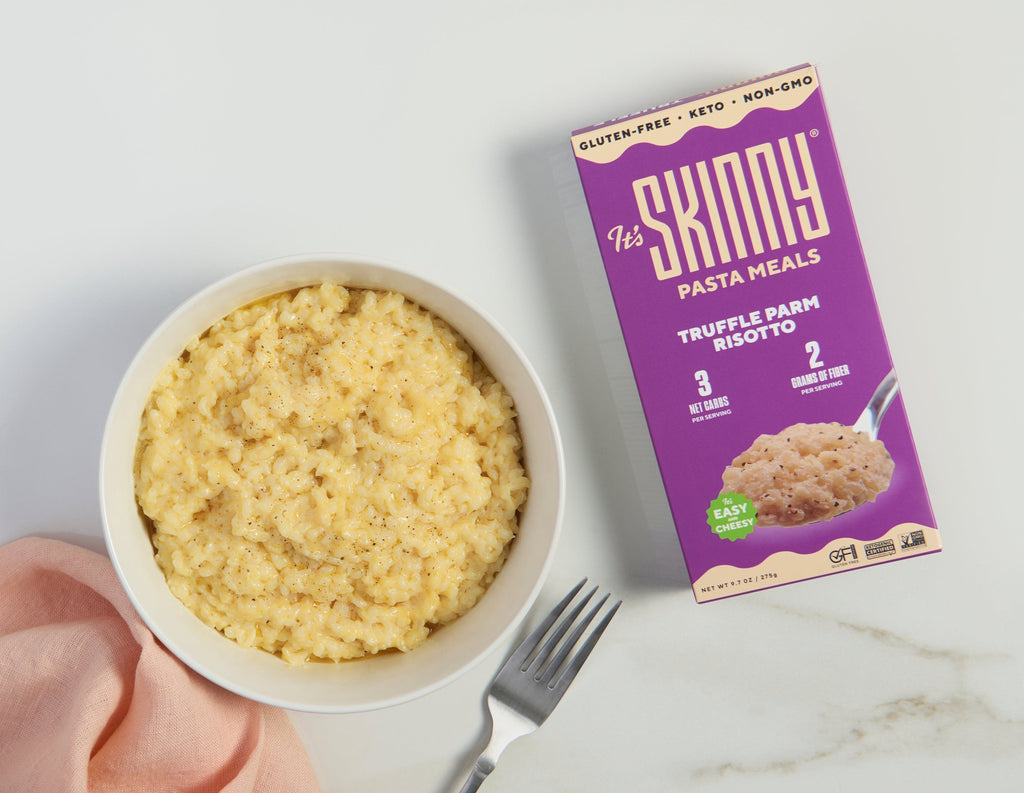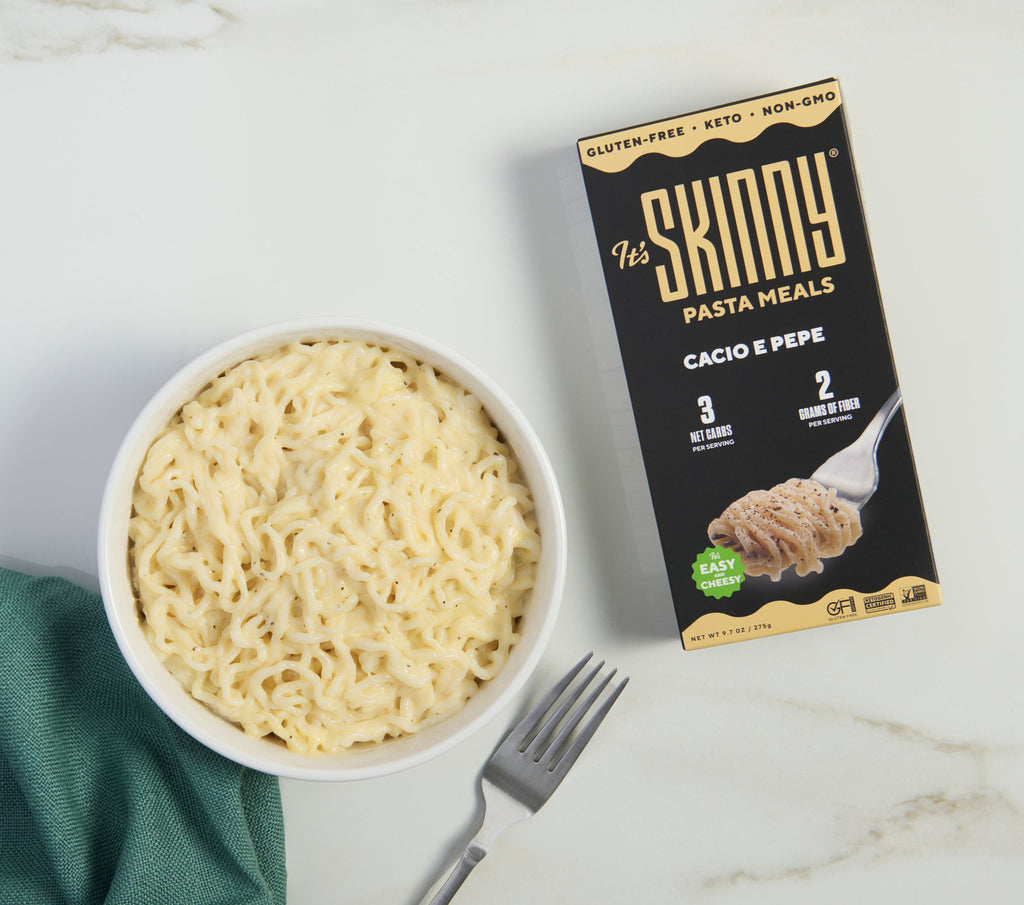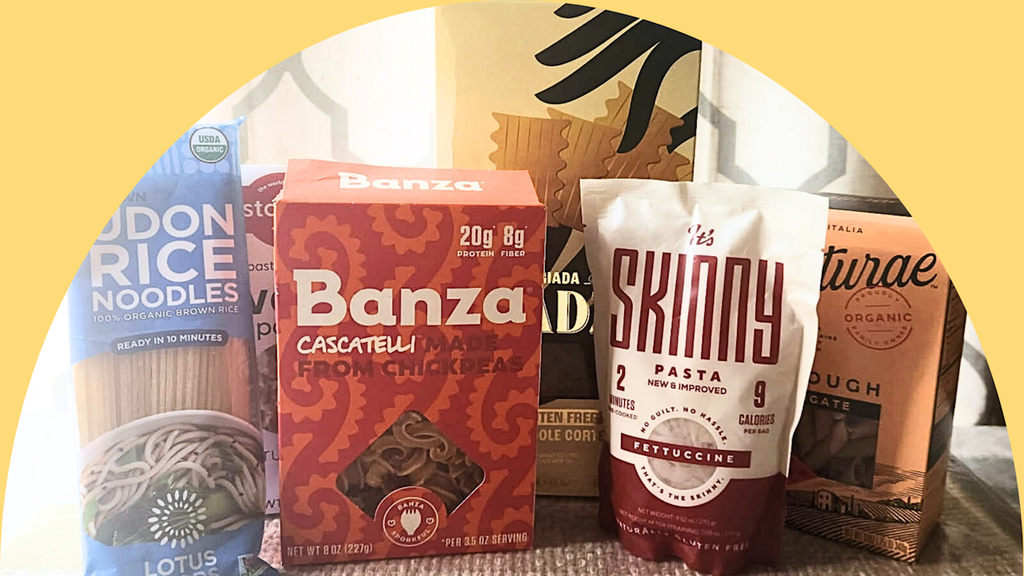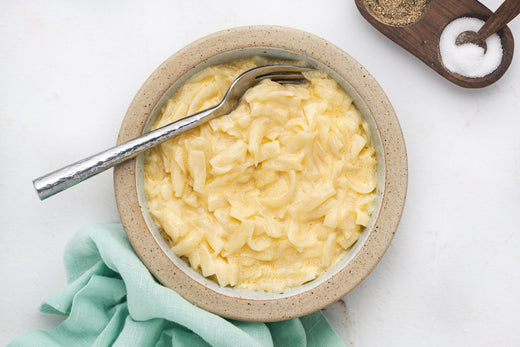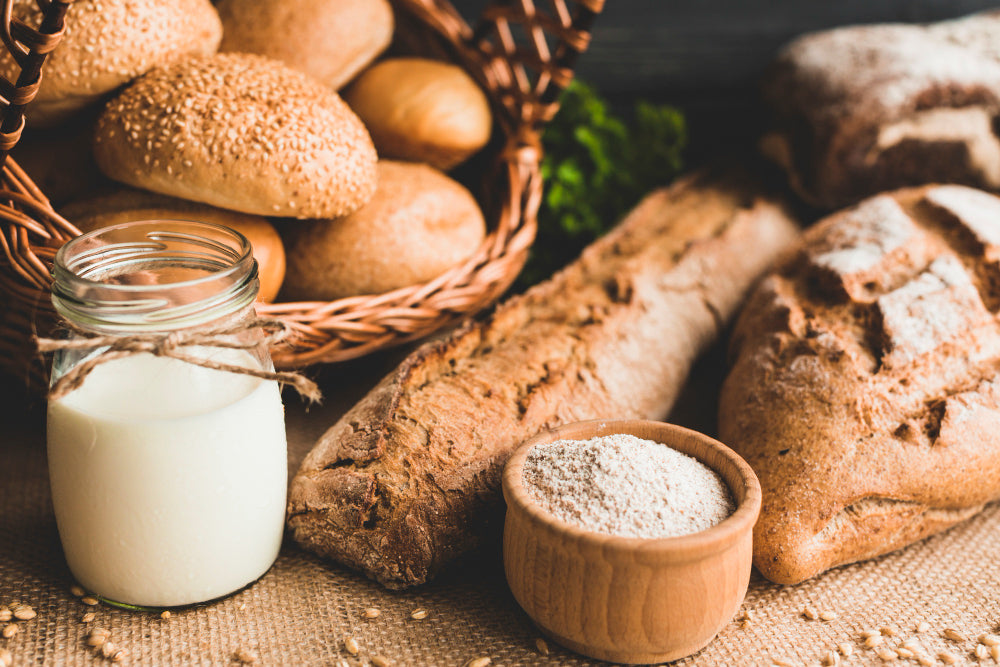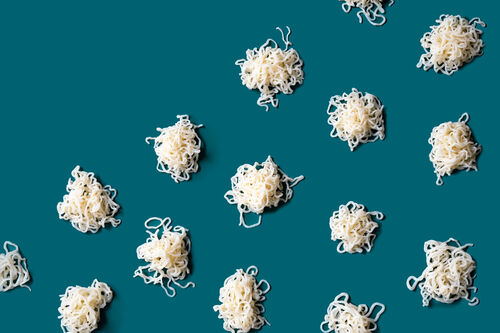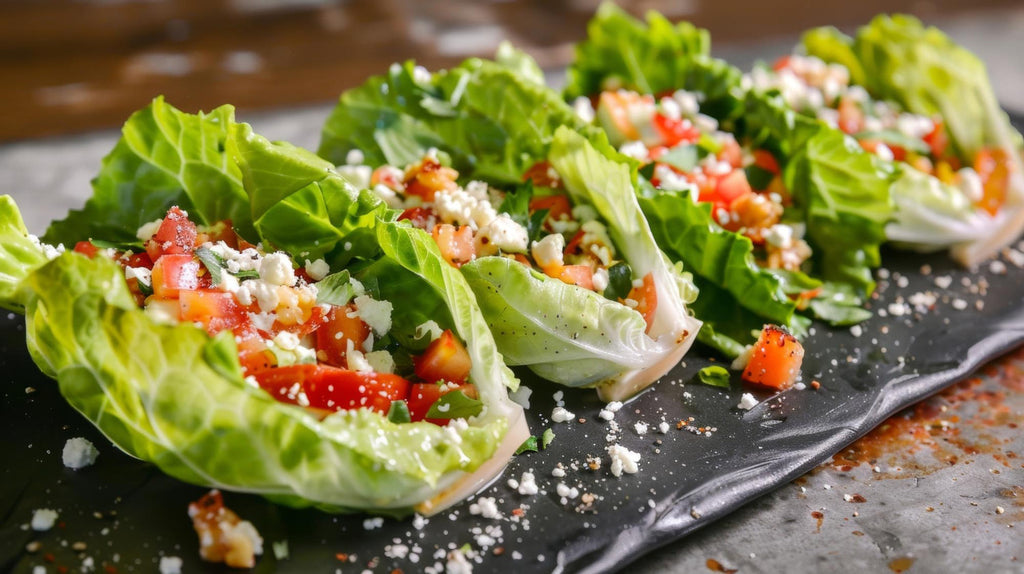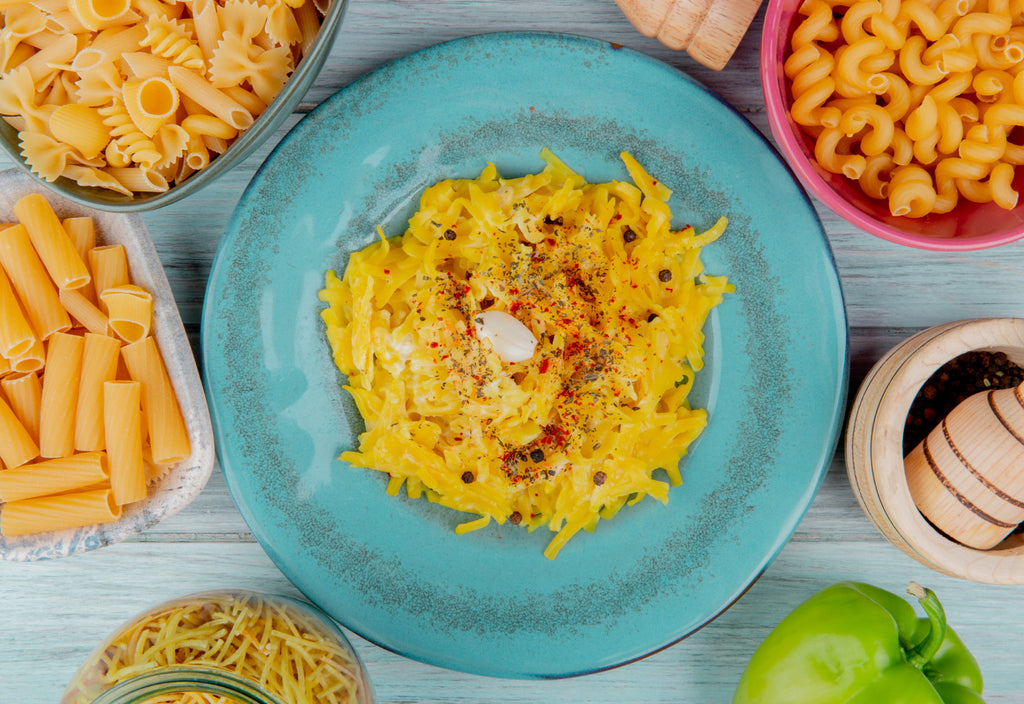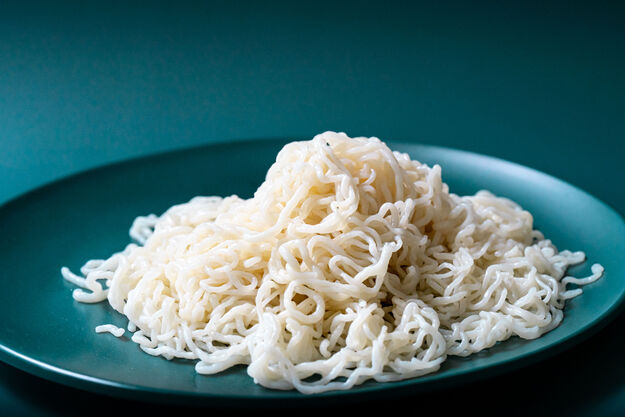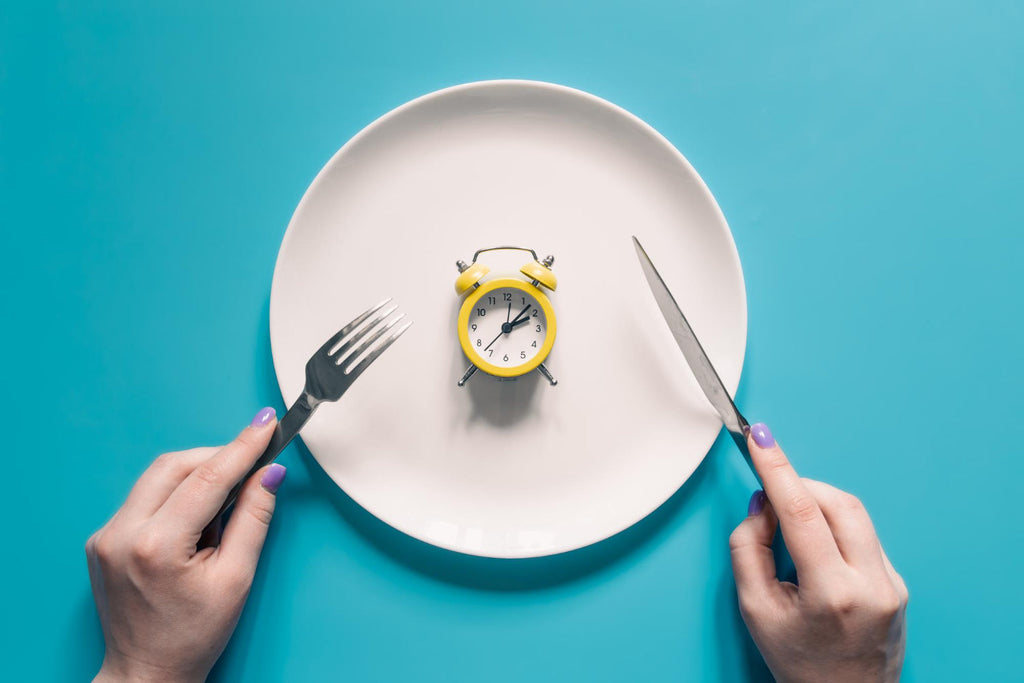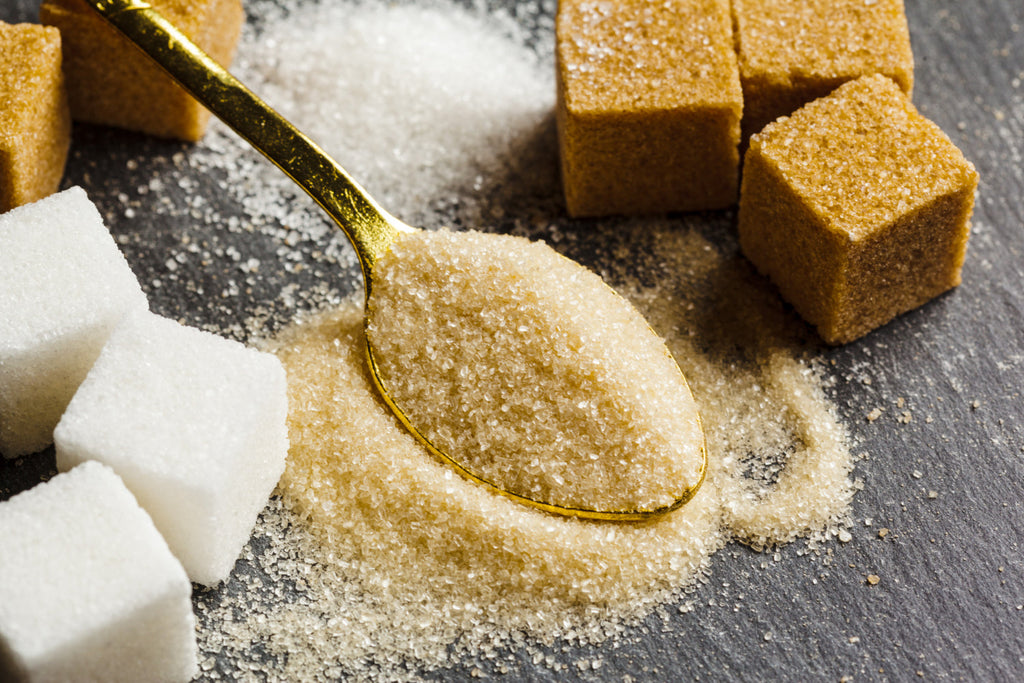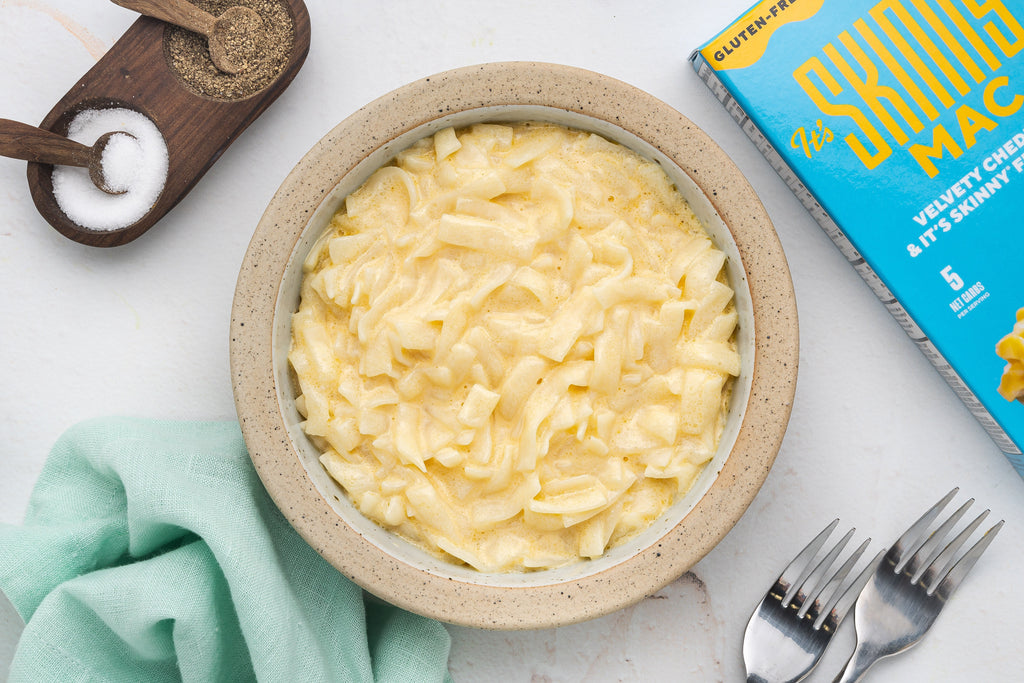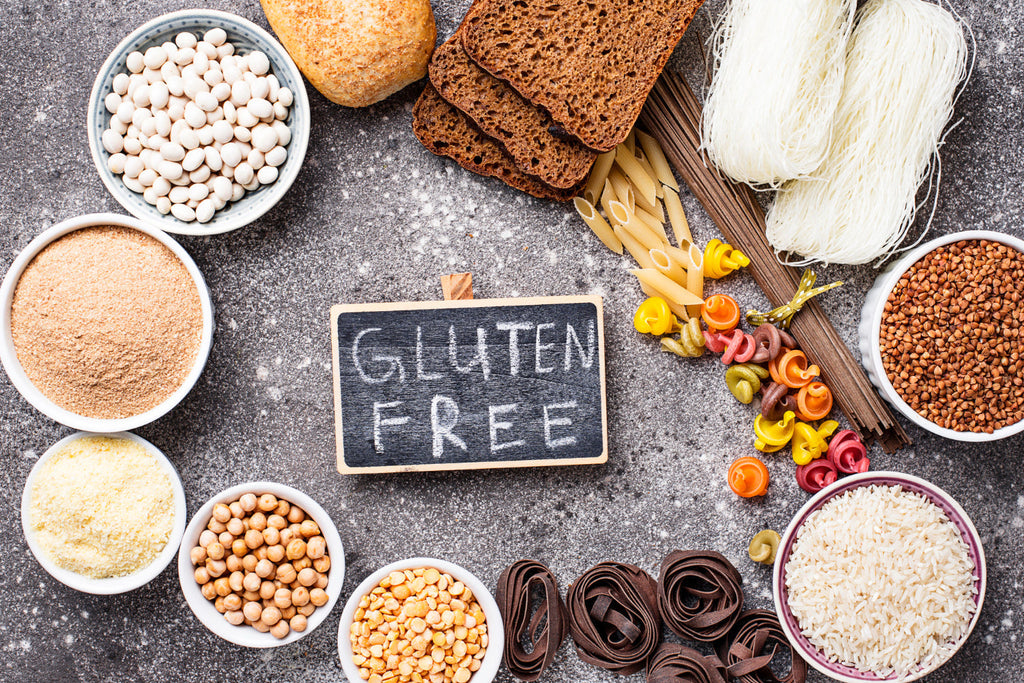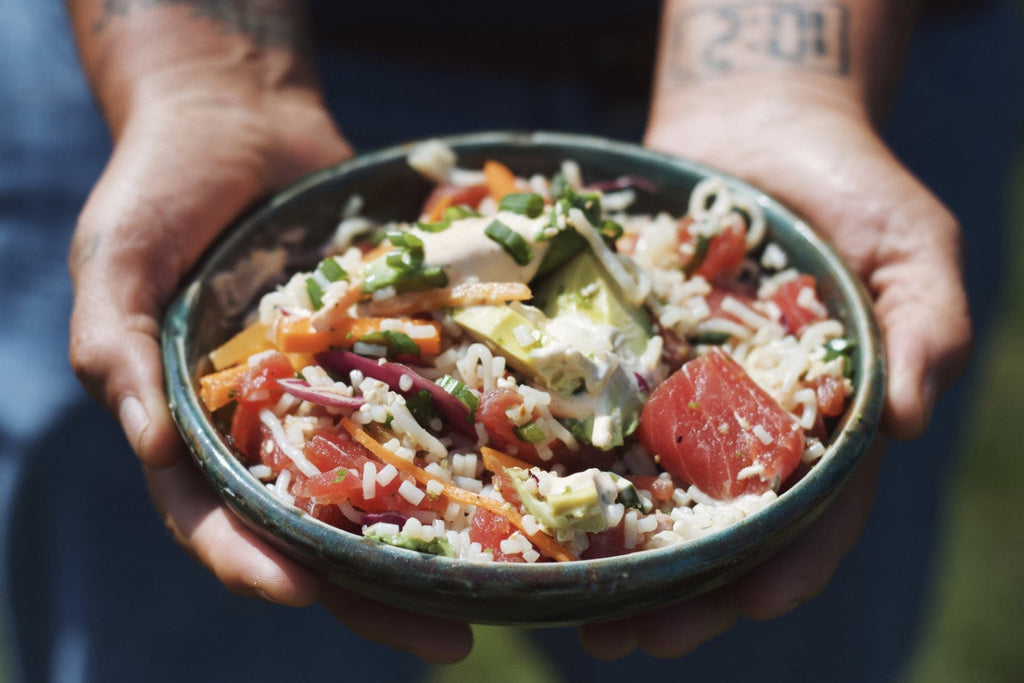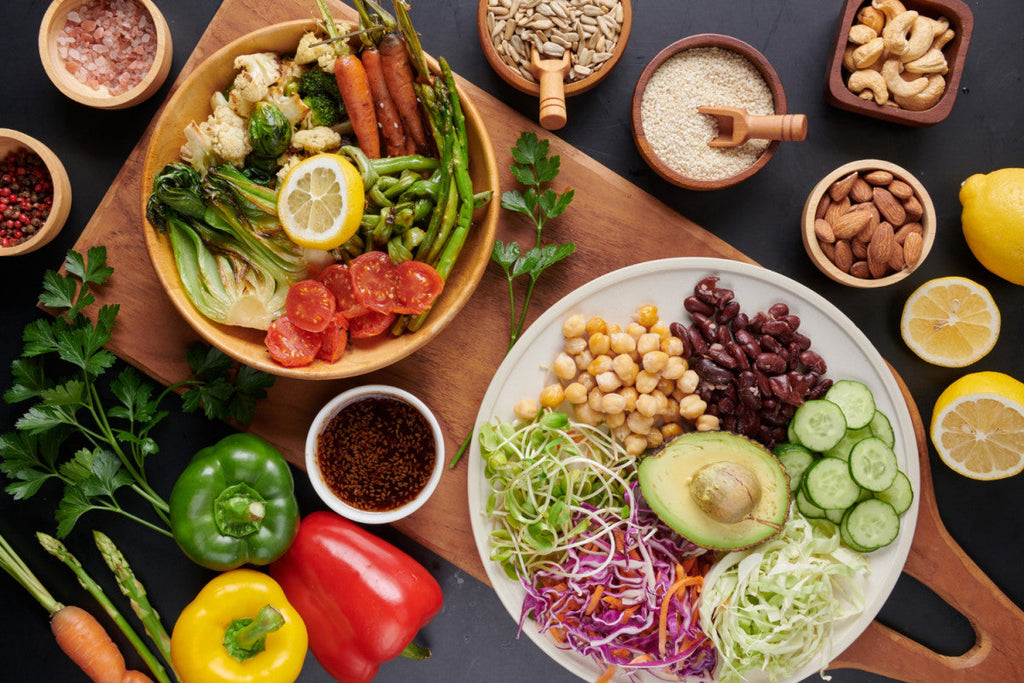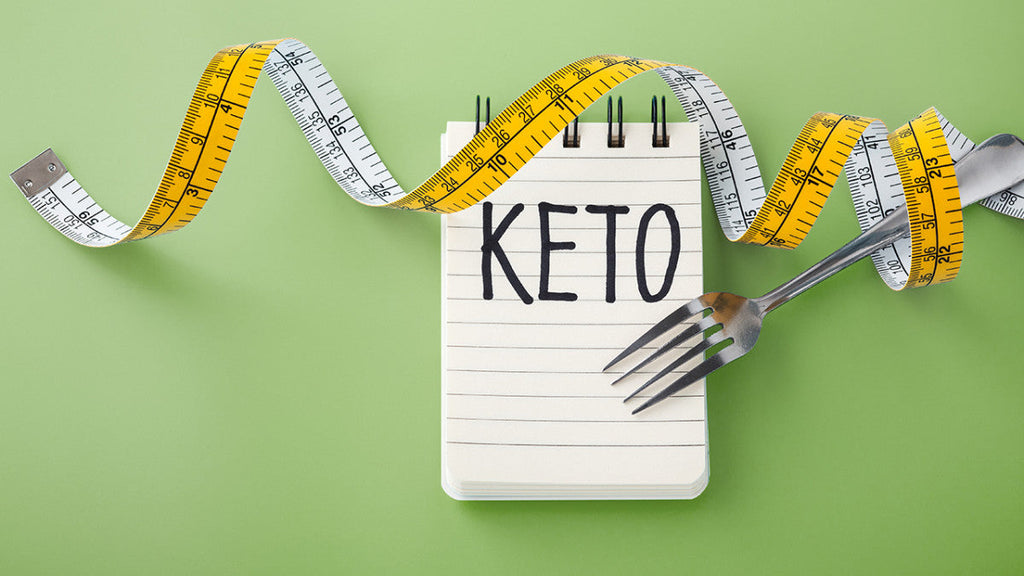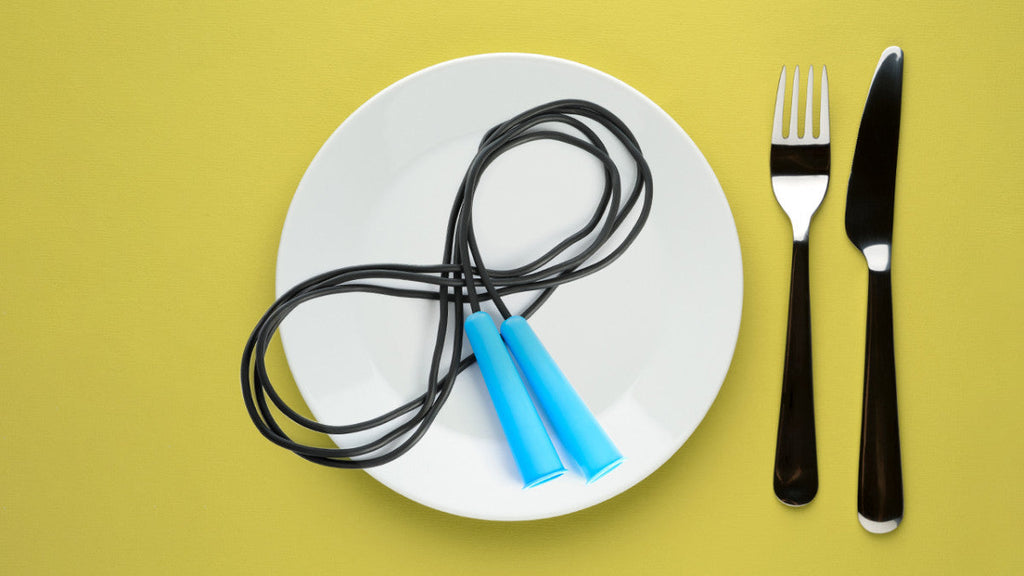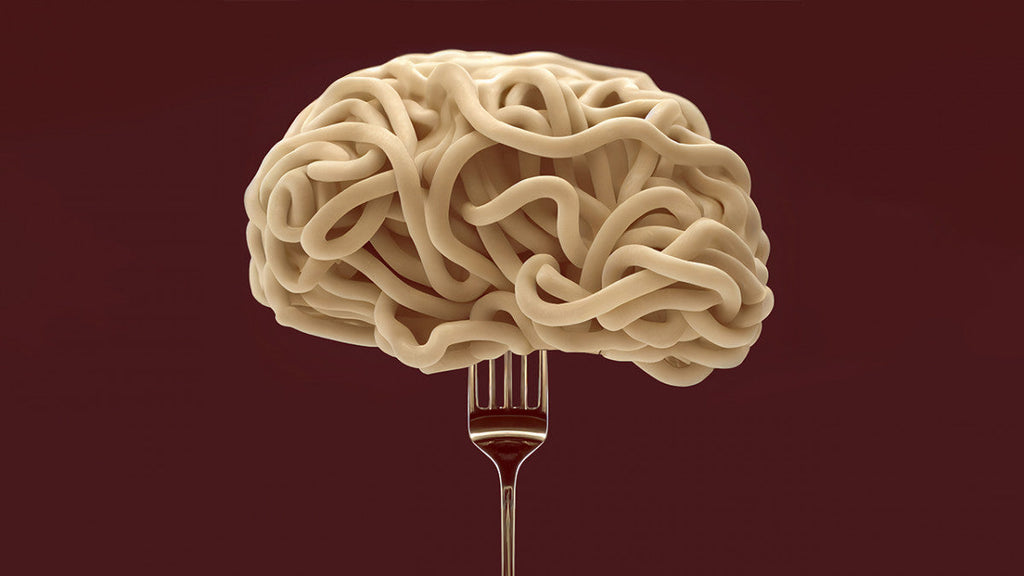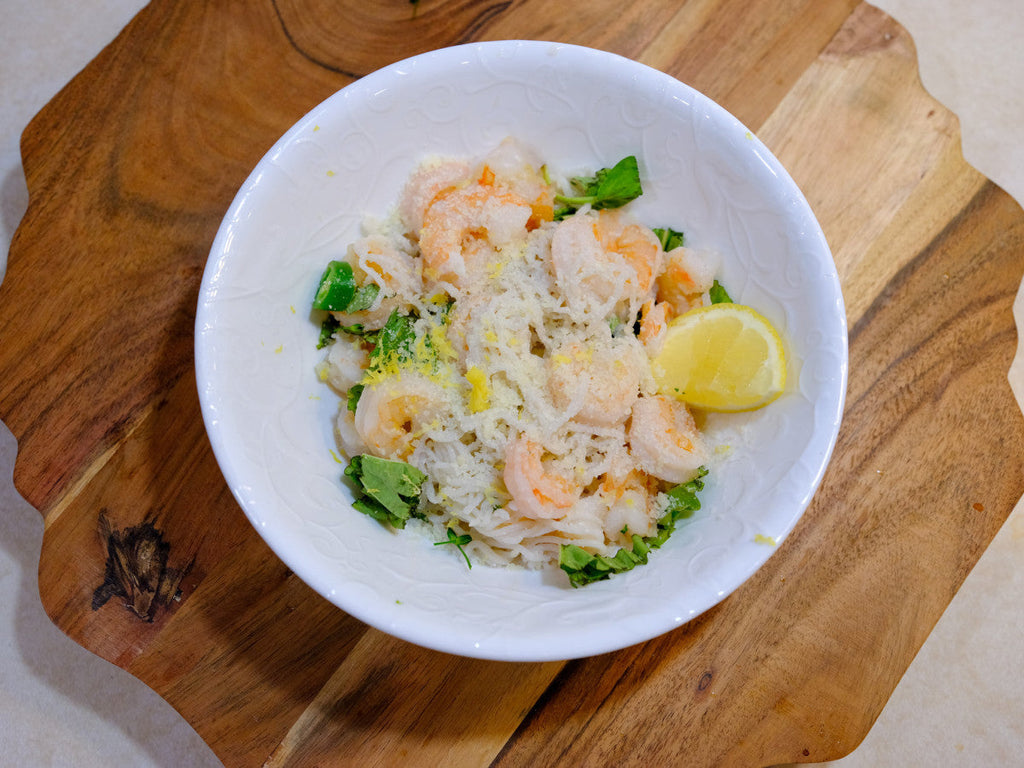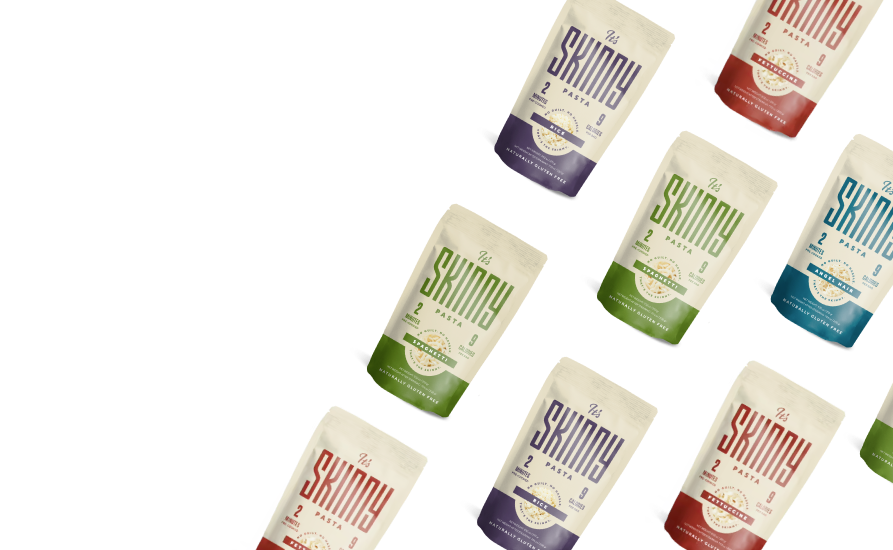How Long to Get to Ketosis: The Skinny on the Ketosis Timeline and the Keto Diet

If you’ve recently started on the keto diet, or you’ve gone back on keto after a break, you might be wondering how long to get to ketosis?
We all know it's essential to reach the proper ketone levels to keep your body burning fat, but how will you know when you’ve hit the mark? Here’s a breakdown of the typical keto timeline and what to expect when following keto.
The Skinny on Ketosis and the Keto Diet
The very first thing to know before you start on keto or any diet is that you should check in with your doctor or a medical professional. It's important to get a regular checkup and discuss your weight loss plan and goals with a physician who can guide you and determine if your body is ready for a dietary change.
Doctor's advice is crucial with any eating change, whether switching to a vegan or vegetarian diet, following a low-carb diet or paleo, or addressing allergies with a gluten-free diet. No matter what, your medical professional should guide you.
Assuming you've received the green light to start on keto, you're probably excited to see results from this effective way of eating. So, how will you know that your body is in ketosis? How long does it take to get there? And, for those of us who sometimes make a mistake (which is all of us), how long does it take to get back to ketosis if you need to restart?
To give you a little background, the keto diet is a low-carb, high-fat diet designed to shift your body into a metabolic state known as ketosis. When you shift to ketosis, eating healthy fats and limiting carbs, your body starts tapping into your fat storage for energy. As it burns fat, fatty acid molecules known as ketones are produced by the liver to supply your body with energy. Ketone production has several health benefits.
Often, during ketosis, people feel sharper and more energetic. They may have an improved mood and feel more alert. That said, it can take some time to make the transition into ketosis, and that timeline varies from person to person, depending on many factors: metabolism, daily carb intake, physical activity, and body composition.
Why does ketosis help you lose weight? When your body makes the shift to ketosis, you start relying on fat rather than carbohydrates as a primary energy source. Keto has many positive side effects, including:
- Enhanced Fat Burning: When you cut carbs and increase your fat intake, your body increases its metabolic rate of fat burning, leading to weight loss. This switch from storing fat to burning fat is the main reason people embark on the keto diet.
- Appetite Suppression: One thing that makes the keto diet easier to follow is that ketones have an appetite-suppressing effect. You'll feel less hungry and fuller for longer periods, which can help you cut back on your food consumption overall.
- Lower Insulin Levels: Reducing your carb intake will lower your insulin levels. Insulin is a hormone that signals the body to store fat—lower levels signal fat burning. Lower insulin levels can also help you prevent insulin resistance—a major factor for Type 2 Diabetes and other metabolic disorders.
- Less Water Weight: One of the draws of keto is that it can offer some quick wins. Carbohydrates stored as glycogen in your body hold onto water. When you reduce your intake of carbohydrates, your glycogen levels drop, and you'll lose some water weight. It's a nice motivation when you step on the scale.
- Calorie Deficit: When all is said and done, weight loss really comes down to a matter of creating a caloric deficit, where you're burning more calories than you eat. Because the keto diet is high in satiating fat and protein, you may notice that you eat less. You'll get the added benefit of a lower calorie intake without the extra effort.
So, is keto the best diet? Keto offers some significant weight loss potential and benefits for your metabolic health. One of the drawbacks is that it can be tough to stick to the ketogenic diet. Cutting out most carbs can lead to cravings, and it can eventually become demotivating. The other issue is that there's not much wiggle room. Eating too many carbs will shift your body out of ketosis, and you'll need to return to the optimal state again to start burning fat. In other words, keto requires commitment!
It’s also crucial that you get enough vitamins and minerals. Processed, high-carb foods are generally not the best choice for health (they often contain too much sugar), but when you eliminate starchy vegetables and fruits, you may inadvertently miss out on some critical nutrients your body requires. A high fat diet has potential risks, so it's important to stick with healthy fats like nut butter, fatty fish, olive oil, and coconut oil.
As long as you are careful when you follow keto and pay attention to the signals of your body, you may find that it’s an extremely effective and fairly simple way of eating. Here’s how long it takes to start seeing those fat-burning results.
Timeline to Reach Ketosis
So you’ve just started on keto. What can you expect? When should you start seeing and feeling something different in your body?
- Days 1 & 2: In the first 24-48 hours on a low-carbohydrate diet, your body will still be using glucose stores as the primary energy source. When that glucose runs out, you will convert to using fat as your body's primary fuel source of energy—the beginning transition to ketosis.
- Days 3 to 7: After a few days on the diet, you'll enter a light state of ketosis. The more you cut your carb intake, the quicker it will kick in. Aim to eat between 20-50 grams of carbohydrates per day during this early stage. Exercise can quickly boost your metabolism to burn through glucose storage, further reducing body fat.
This is also the point where some folks feel a little run down or tired. This state is known as the keto flu. It doesn’t happen to everyone, though. Many people feel great right from the beginning. If you feel a little achy or unwell, focus on getting more hydration.
- After Week 1: Once you’ve made it through the first week of keto, your body is likely in a stable state of ketosis. As long as you keep your carbohydrate intake low and focus on fat and protein, you’ll be likely to continue in ketosis until you change your eating pattern. As your body burns fat, you'll lose wight and enjoy the positive effects.
How do you know your body is in ketosis? There will be a few signs. People who have been on keto for a while can usually tell just by the way that they feel. The best way to determine if you’re in ketosis is to use a blood ketone meter to test your blood ketone levels.
Other signs that your body is in ketosis? You'll experience some quick weight loss due to the water weight you shed as you burn through your glycogen stores. You may also feel the symptoms of the aforementioned keto flu. You may feel less hungry, too.
After the first week, you'll enjoy higher energy levels and better mental clarity and focus. You may see a mood boost as well. Another impact of keto is that your breath can have a fruity or metallic smell. This is because of acetone—a ketone that appears when you're in ketosis.
Sticking to the Plan
Sticking to your keto diet is crucial for success. Any time you indulge in too many carbs, your body will shift out of ketosis and halt the fat-burning process. You’ll have to restart and go through the first few days of transition again.
After the initial weight loss in the first few weeks (largely from water weight), your weight loss pattern will stabilize at a more sustainable rate—usually around 1-3 pounds per week. Should you decide to transition off of keto, you may need to take it slow. Often, people gain back the weight quickly if they go back to a carb-heavy lifestyle.
So, how can you boost your chances of sticking to the plan? It’s Skinny is one great way to help!
It’s Skinny Pasta has ZERO net carbohydrates and only 9 calories per pack, making it an ideal food for keto dieters and anyone who wants to eat a little healthier. The great thing about It’s Skinny is that it allows you to enjoy many of the sauces and proteins you crave without a high-carbohydrate base like traditional pasta.
It's Skinny gets its impressive stats from a root vegetable called konjac. Konjac is a root found in Asia, where it's been used for food and medicine for many years. This super vegetable has only recently become popular in the United States with the introduction of shirataki pasta on the market.
It’s Skinny pasta is available in many great styles, which make it easy to swap out in all your favorite recipes. Try It’s Skinny in:
We have traditional and organic versions of each pasta style. Can’t choose a favorite? No big deal! You can order a variety pack and try them all!
It’s Skinny Pasta is vegan, gluten-free, kosher, zero-net carb, and very low-calorie. It's suitable for any lifestyle or eating pattern, from keto to intermittent fasting. Intermittent fasters love It's Skinny because the stats are so low that it won't even break your fast!
If you’re looking for a great way to stick to your diet and a keto “hack” for your favorite recipes, It’s Skinny is the answer! Order some today and find out how easy it is to stick to keto when you have the right tools to avoid deprivation. It’s Skinny is easy to work with, filling, and delicious. Enjoy your favorite comfort foods while still keeping your body in ketosis with It’s Skinny Pasta and Rice. We're your partners for the best results on your long-term keto journey.






